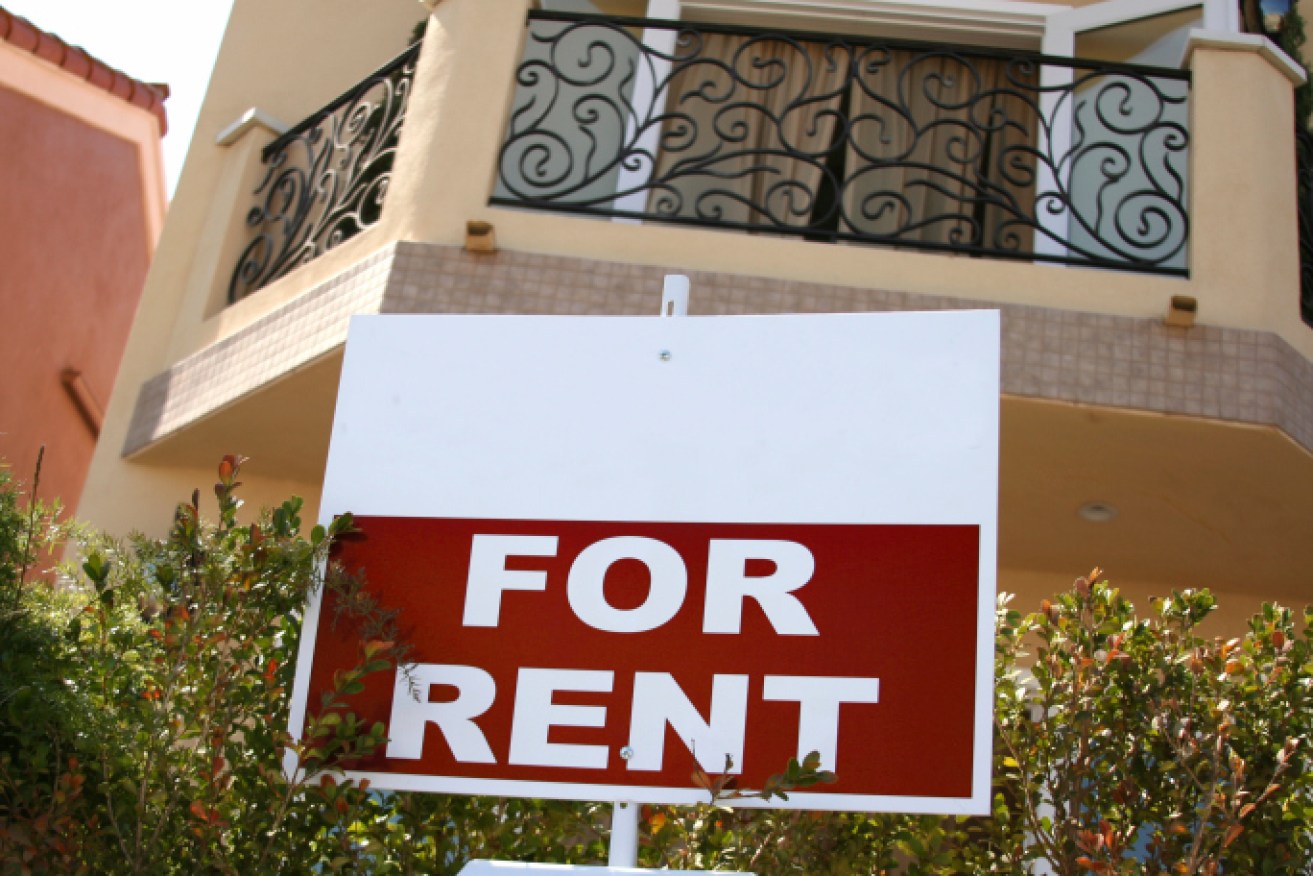Landlords on notice as rents fall


Getty
It’s good times for renters with annual rents across Australia falling for the first time in more than two decades, according to figures to be released this Friday.
A rush of new building developments in many of our capital cities is among factors leading to a 0.2 per cent decrease across the nation in the past year, according to statistics collated by CoreLogic RP Data.
The slide was the first since the company had begun collecting annual rent figures in 1995, said its Australian head of research Cameron Kusher.
• The great apartment shakeout has begun
• Housing debt pain will fall on younger Australians
• ABS figures show a tale of slowing housing prices
In Melbourne, rents rose most strongly, up a relatively low two per cent, followed by Sydney up 1.4 per cent.
Hobart recorded a tiny increase, while Brisbane and Adelaide both recorded small falls in rents.
In Darwin, tenants did best with rents plummeting 11.5 per cent as mining projects finished up and workers from interstate and overseas left in droves. It was a similar story in Perth, where rents fell 8.4 per cent.
Nationally, rents remained flat in January and February and the rental market faces a “huge amount of new supply” leading to more choice for renters, and tougher competition among landlords, Mr Kusher said.

Now’s the time to get into the rental market. Photo: Getty
Much of the new developments are in the inner-city areas favoured by renters, he said.
Wages fall impacts renters
The property oversupply is being compounded by flat wage growth, leaving people without the ability to pay for rent increases.
“Our view is that you’ll probably continue to see rents fall on an annual basis,” Mr Kusher said.
Mr Kusher said it was a renter’s game in much of Australia, and landlords needed to be realistic on rent levels.
“Obviously for the renter it’s good news because they’ve got more choice and power to negotiate.”
Angie Zigomanis, senior manager of residential property at BIS Shrapnel, said new building was beginning to outstrip population growth in some areas.
“We’re getting to the point now in a lot of markets where vacancy rates have crept up,” he said.
He said some landlords were being forced to woo potential tenants by offering “a few items of furniture, a free refrigerator or even a Foxtel subscription”.

Landlords may have to reduce their rent to avoid a long-term vacancy. Photo: Getty
Mr Zigomanis said economies in Perth or Darwin were being hit hard by the resources slowdown, and neither Hobart nor Adelaide had any booming industry sectors to speak of.
“In terms of (easily) finding a tenant, Sydney’s probably still the one.”
House price growth slows
Meanwhile, statistics released by CoreLogic RP Data last Friday on annual house price show growth had slipped to its slowest pace in 31 months.
Melbourne recorded the strongest percentage growth in the past year, with house prices rising 9.8 per cent.
The slowdown in house prices was the most pronounced in Sydney, where annual growth more than halved to 7.4 per cent, down from a high of 18.4 per cent last year.
In Melbourne, where the vacancy rate is at 3.1 per cent, rental yields for houses averaged 2.9 per cent – still a record low – and 4 per cent for units.
And in Sydney, which has a 1.7 per cent vacancy rate, landlords received a slightly better average yield of 3.2 per cent for houses, and 4.2 per cent for units.









